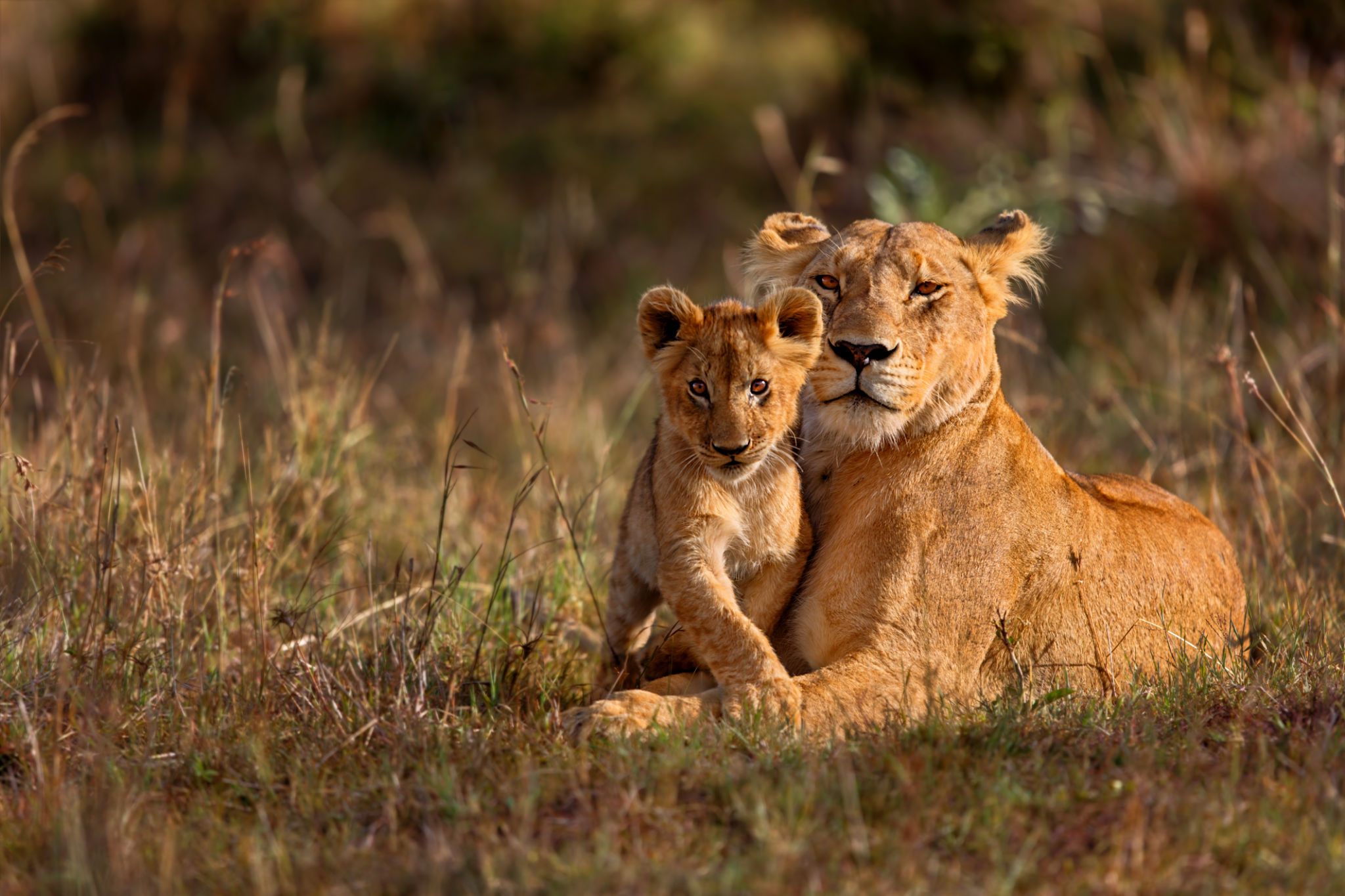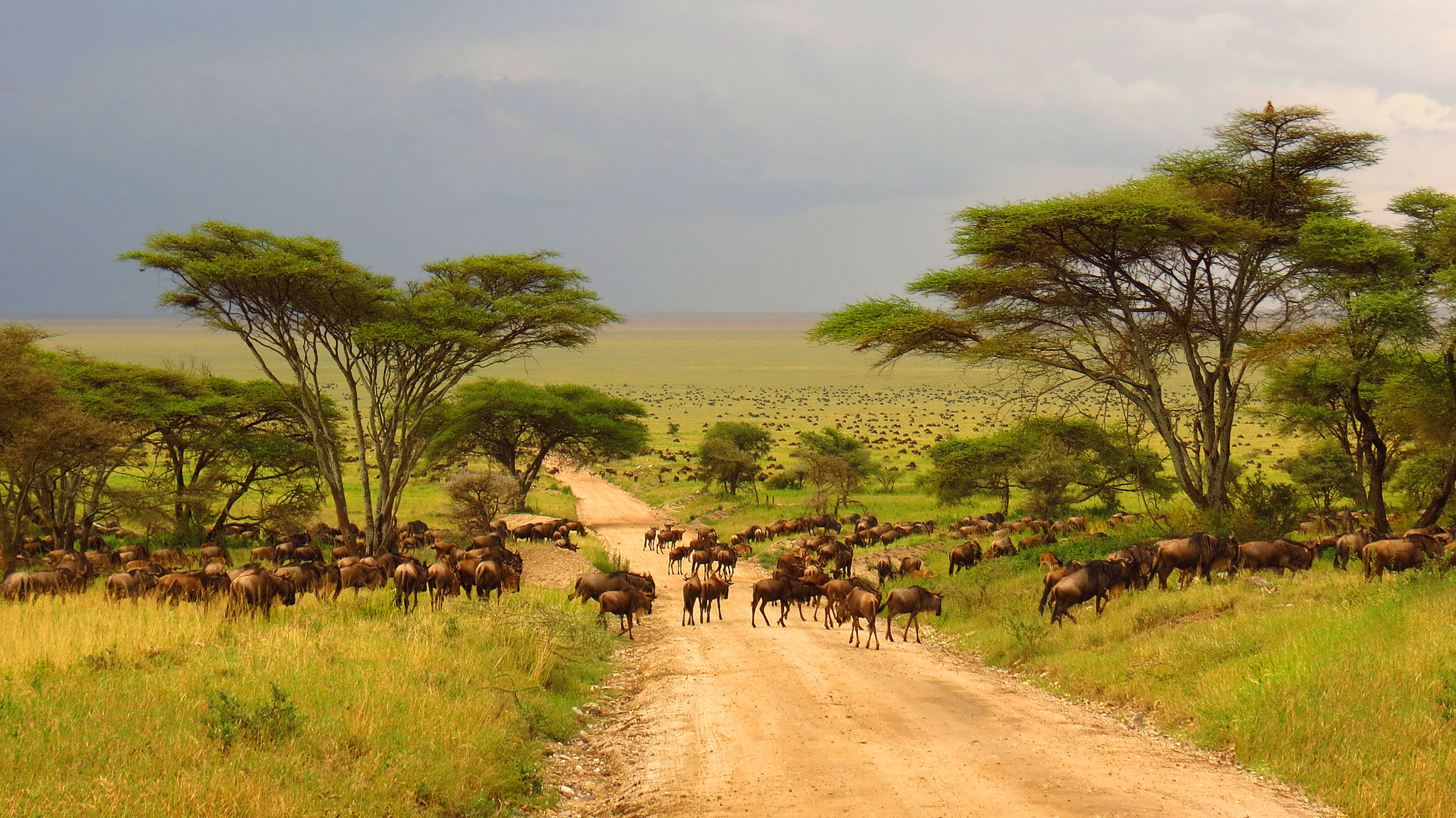Understanding the Impact of Climate Change on African Wildlife
The Current State of African Wildlife
Africa is home to a rich tapestry of biodiversity, making it one of the most fascinating and ecologically important continents on the planet. However, the effects of climate change are increasingly threatening this incredible wildlife. Rising temperatures, changing precipitation patterns, and extreme weather events are altering habitats and affecting the survival of numerous species.
Many iconic African animals, such as elephants, lions, and rhinoceroses, are experiencing changes in their environments that challenge their ability to thrive. As habitats shift and food sources become scarce, these species face increased risks of extinction.

Impact on Habitats
Climate change is causing significant modifications to African landscapes. Savannas, forests, and wetlands are undergoing transformations due to increasing temperatures and changing rainfall patterns. This alters the delicate balance that these ecosystems rely on for sustenance. For instance, the famous Serengeti ecosystem is experiencing shifts that could affect the annual migration patterns of wildebeest and zebras.
Wetlands and coastal areas are particularly vulnerable, as rising sea levels threaten to submerge crucial habitats. This can lead to a reduction in breeding grounds for species like flamingos and crocodiles, significantly impacting their populations.

Effects on Animal Behavior
As climates shift, animals are forced to adapt their behaviors to survive. Some species may migrate to cooler areas or search for new food sources. Others might change their breeding seasons to align with new environmental conditions. However, not all species can adapt quickly enough to keep pace with these rapid changes.
Predators and prey alike find themselves in unfamiliar territories, which can lead to increased conflicts and competition for resources. This not only affects individual species but can also disrupt entire ecosystems.

Conservation Efforts
Efforts to combat the impacts of climate change on African wildlife are crucial. Conservation organizations are working tirelessly to develop strategies that help preserve these vital ecosystems. Initiatives include creating protected areas, restoring degraded habitats, and implementing sustainable land management practices.
Community involvement is also essential in these conservation efforts. Local communities are encouraged to participate in sustainable practices that benefit both wildlife and people, such as eco-tourism and sustainable agriculture.
The Role of Technology
Technology plays a significant role in monitoring and mitigating the effects of climate change on wildlife. Satellite imagery, GPS tracking, and data analytics provide valuable insights into animal movements and habitat changes. This information can help conservationists make informed decisions about where to focus their efforts.
Innovative solutions such as drones and remote sensing technology are being deployed to monitor wildlife populations and track illegal poaching activities. These tools are invaluable in protecting endangered species and ensuring the long-term survival of Africa's wildlife.

Conclusion: A Call to Action
The impact of climate change on African wildlife is profound and requires immediate action from governments, conservationists, and individuals alike. By understanding the challenges faced by these species and supporting initiatives aimed at mitigating these effects, we can work towards a future where Africa's incredible wildlife continues to thrive for generations to come.
Every effort counts, whether it's reducing your carbon footprint or supporting wildlife conservation organizations. Together, we can make a difference in preserving the natural wonders of Africa.
